Garden spinach, description and photo, varieties, cultivation, harvesting, harvest storage
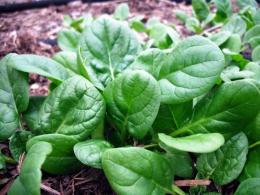
Garden spinach can often be found in summer cottages. It is considered a vitamin-rich vegetable and is quite easy to grow.
But to obtain a high-quality product, you should familiarize yourself with some secrets of cultivation and care.
Content:
- Garden spinach, description of the plant, what it looks like in the photo
- Popular varieties of spinach
- Garden spinach: benefits and harms
- How to grow garden spinach
- Disease and pest control measures
- How to harvest and store crops
- Spinach: how to eat, how to cook
Garden spinach, description of the plant, what it looks like in the photo
The plant's development cycle is annual. Refers to amaranth, grassy. The root of the plant is taproot, with small shoots.
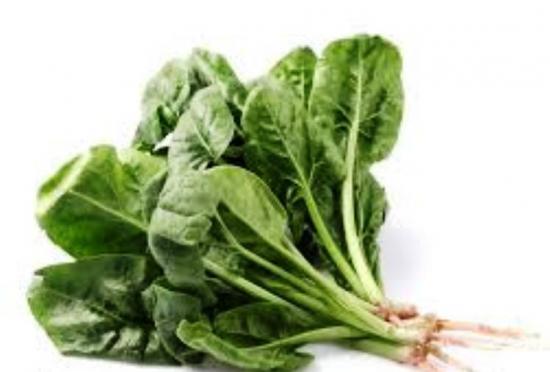
The upper part of spinach is a rosette, consisting of oval or spear-shaped leaves, the color of the leaves is light green. The height reaches 20-25 cm.
The leaves are fleshy, can be smooth or slightly rough, and depending on the variety have different sizes, shapes and shades. Veins are visible on the top of the sheets. The petioles that attach the leaves can have shades from green to burgundy.
The plant is classified as dioecious, i.e. There are female and male plants. In mid-summer the plant produces a flower stalk with small yellow buds. Female plants are characterized by a panicle with leaves, while male plants are characterized by a tall panicle.
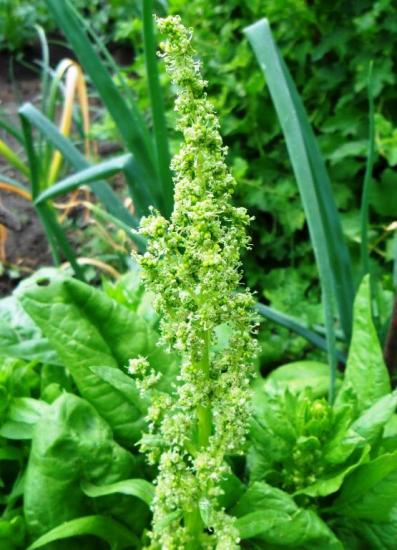
At the end of flowering, fruits are formed, which are small nuts. If one variety is grown on a plot, the fruits can be collected and sown next season.
Seeds obtained by cross-pollination of different varieties may produce plants with lower quality characteristics.
Popular varieties of spinach
Garden spinach has a fairly extensive growing area, there are quite a lot of varieties. They are divided according to ripening periods: early, mid-ripening and late.
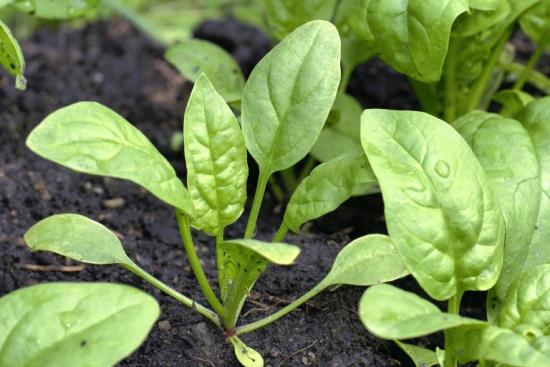
Among the most popular early varieties are:
- Gigantic, the leaves of which are ready for cutting 20 days after germination;
- Virofle, large leaf, is used exclusively for very early sowing, because he is prone to shooting;
- Stoic, leader in yield, resistant to cold.
The varieties Marquise, Godry, and Strawberry are also considered early varieties. All early varieties are short-day plants; with the onset of hot weather, the plants lose their juiciness and become unsuitable for culinary use.
The ripening period for leaves of mid-season varieties ranges from one to one and a half months.
Among the popular varieties we note:
- Sturdy, does not bolt, withstands spring frosts;
- Matador attracts summer residents because it does not throw away arrows and has good taste;
- Fat-leaved, it takes one and a half months to ripen, and has a high yield.
This group also includes plants belonging to other families:
- New Zealand spinach, a plant reaching a height of 1 m, is defined in botany as a tetragony;
- Indian spinach, or Basella, suitable for growing indoors.
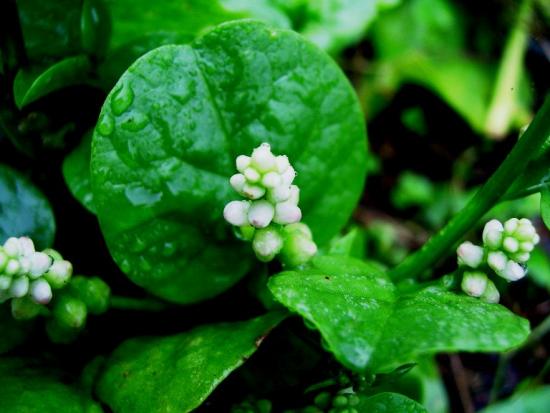
The leaves of late varieties are juicy and take about 2 months to ripen.
The most popular varieties are:
- Corenta f1, a hybrid for growing in open ground, is distinguished by a large, juicy rosette and is moisture-loving;
- Spokane f1, a high-yielding hybrid resistant to fungal diseases, is particularly hardy;
- Varyag, the peculiarity of the variety is the pleasant sour taste of the leaves.
You cannot eat the leaves of plants that have been thrown away by the arrows - they begin to accumulate oxalic acid.
Garden spinach: benefits and harms
Spinach cannot be classified as a plant that has an original and attractive taste, however, it is highly valued because it has the following properties:
- anti-inflammatory;
- tonic;
- antioxidant;
- laxative;
- diuretic.
Eating spinach helps strengthen the cardiovascular system and musculoskeletal system, and has a beneficial effect on the visual organs.
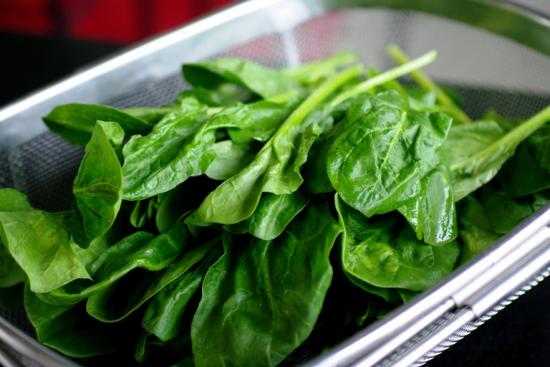
Spinach leaves are useful for those who want to lose weight by eating low-calorie foods. For those who live in areas with unfavorable radiation conditions, the product is recommended as a general tonic.
How to grow garden spinach
Following simple rules will help you get a good harvest of leaves.
In the southern regions, it is customary to sow the crop before winter, but go very early in the spring, in March. For areas of the middle zone, winter sowing is also recommended, but provided that it is grown in the spring under a film.
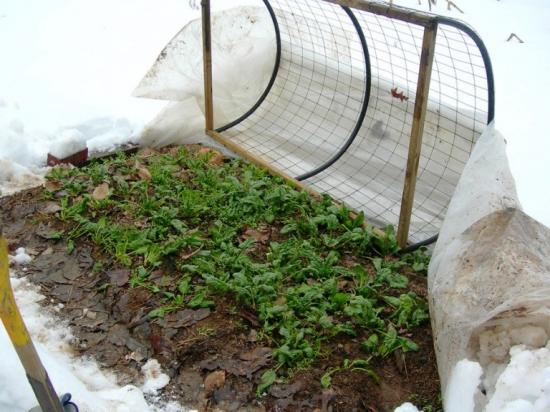
Spinach is often grown in greenhouses, as a compacting crop in beds with peppers, tomatoes, and eggplants.
The soil for sowing should be prepared nutritiously, since spinach has superficial roots, it is necessary to provide for the possibility of systematic watering of the beds. Areas with acidic soil, sandy soil, drafty soil, or areas exposed to the north wind are not suitable for spinach. Light partial shade will not harm the plant, although it is considered light-loving.
The beds will need to be fertilized: organic fertilizers are applied in the fall, in the spring - for every square meter. add 15 g of potassium sulfate and urea and 30 g of superphosphate. You can use complex fertilizers.
Before sowing, it is advisable to soak the seeds for a day in warm water, then treat them with a growth stimulator and dry them.
Sow seeds in rows. the distance between them should be 30 cm, the sowing depth in dense soils - up to 2.5 cm, in loamy and sandy loam - 4 cm.
The appearance of sprouts can be expected in a week.
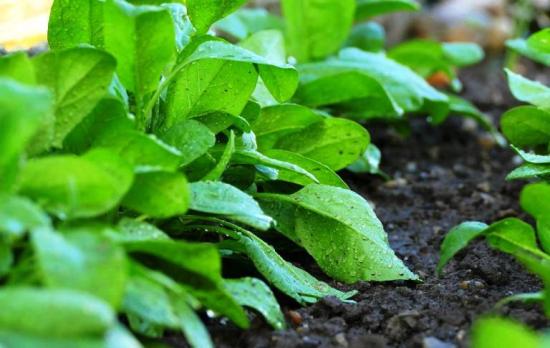
To get juicy spinach leaves, the beds will need to be watered systematically. When there is a lack of moisture in the plant, bolting is activated. Watering is especially important at high temperatures and increased dry air.
In case of wet and cool summers, watering will not be required. We should not forget that increased soil moisture can cause the development of fungal diseases.
The plant is fertilized after the appearance of the third leaf; you can use a solution of organic fertilizers or wood ash. Repeat feeding every ten days.
Caution should be exercised when feeding with substances containing large amounts of nitrogen: spinach tends to accumulate nitrates. Excessive doses of potassium fertilizers will lead to premature shoots.
Grown plants should be thinned out, leaving a distance of 10 cm between the bushes. The beds are weeded periodically, and mulching can also be used.
Let's watch an interesting video about growing garden spinach:
Disease and pest control measures
When plants are too crowded, with excessive watering, or rainy and cool weather, the likelihood of developing fungal diseases increases:
- Fusarium root rot;
- spotting;
- downy mildew;
- mosaics of leaves.
At the same time, productivity decreases and product quality decreases. It is recommended to remove all diseased bushes. If diseases are detected, spinach should be re-sown in the same area no earlier than after 4 years.
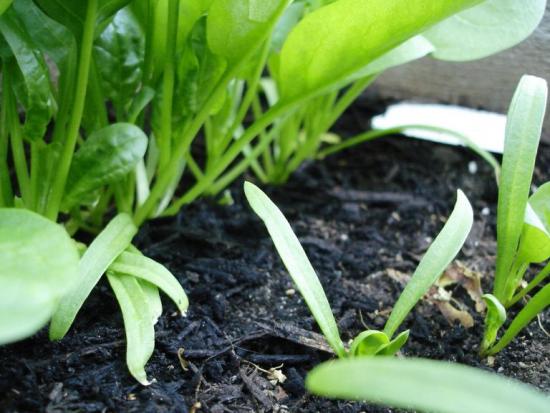
Spinach can also be affected by pests such as geese, aphids, and leafminer flies. If there are too many pests, the beds are treated with tobacco infusion, Fitoferm, Bitoxibacillin.
How to harvest and store crops
You can start harvesting if more than 5 full leaves appear in the rosette. You can pick off the leaves individually, or cut off the entire rosette. If the plantings are dense, you can pull out the plants by their roots. Harvesting should be done in the morning, when the leaves contain the greatest amount of vitamin C.
Leaves or rosettes are not washed, placed in bags and stored in the refrigerator. Since the product has a shelf life of only 3 days, it is often processed. You need to wash the sheets, dry them, grind them with salt and put them in a glass container. You can also dry the leaves or freeze them.
Spinach is considered edible until it loses its flower stalks. Then harvesting is stopped.
It will take three to three and a half months for the seeds to ripen.
Spinach: how to eat, how to cook
Spinach leaves can be eaten boiled, raw, or stewed. The product does not have any special qualities; it is more often used in combination with other products in order to emphasize their taste.
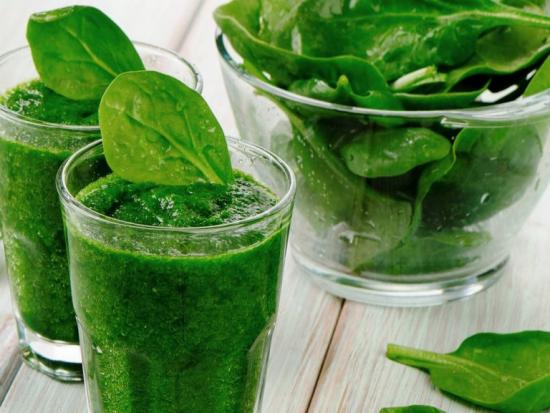
Thanks to the bright green color of the leaves, which does not change during heat treatment, the plant is often used as a natural coloring in the preparation of sauces.
The product fits well into vegetable salads and goes harmoniously with fish and meat. Some peoples have a traditional dish of pies filled with spinach.
Let's watch a video about what a delicious dish can be prepared from spinach:
Spinach is a plant with nutritional value and is also used in folk medicine. It is not difficult to grow it, but if you want to get a high-quality harvest, you will need to follow the rules of care

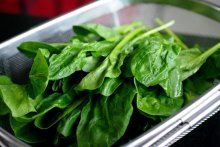
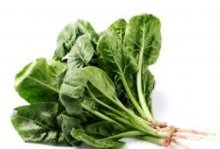
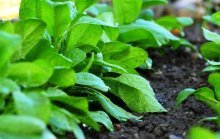
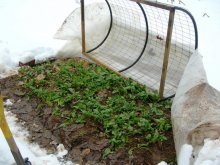
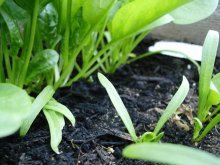
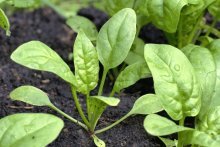
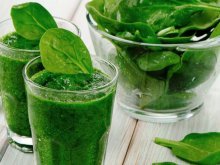
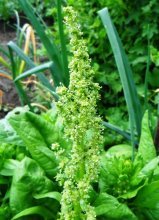
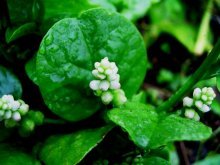
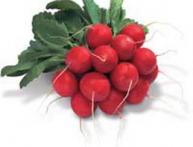
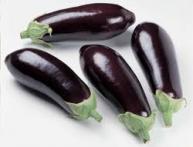
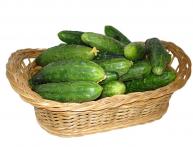

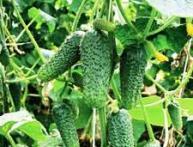
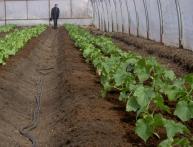
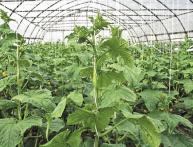
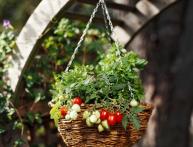
Comments
The plant is very useful; whenever possible, I always set aside a small bed for it, however, this does not always work out, and I have to tinker with it more than, for example, parsley or lettuce.
In our region, winters are warm, so we always plant spinach before winter. Basically, we prepare salads from it, with various other vegetables, those that are currently in the garden.
I just recently learned about the existence of spinach and I really regret that I didn’t plant it earlier. It grows well for me; I keep it in the freezer all winter. Greens are tasty and healthy. I add it almost everywhere.